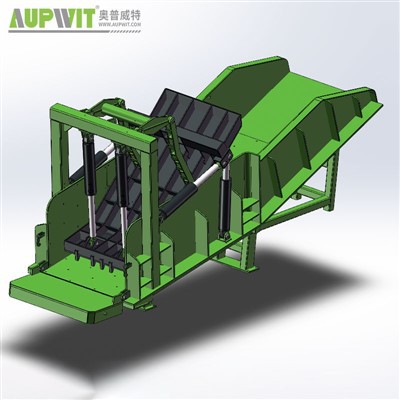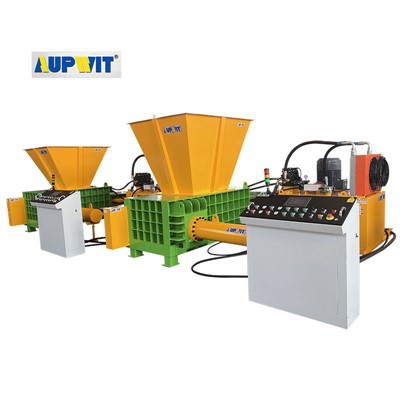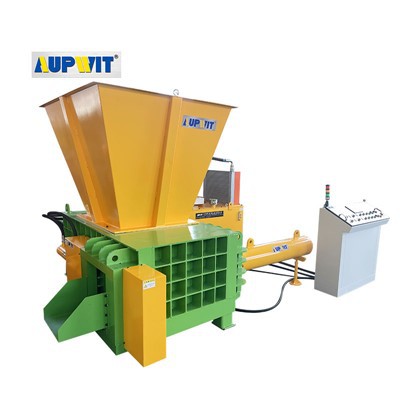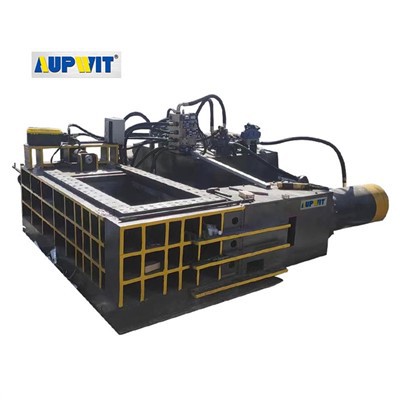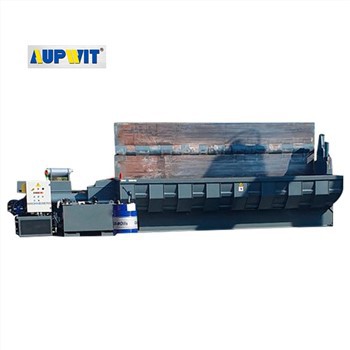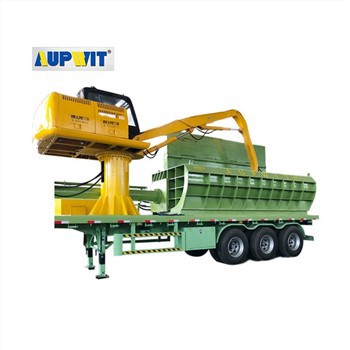Troubleshooting Car & Tire Baler Machines
A systematic approach to identifying and resolving common operational issues in tire baler equipment
Insufficient Compression Force
Check the hydraulic system for visible leaks or damaged components
Verify hydraulic fluid levels and refill with manufacturer-recommended fluid if low
Inspect all hoses and seals, replacing any that show signs of wear or leakage
Test system pressure after repairs to ensure proper compression force is restored
Safety Tip: Always depressurize the hydraulic system before performing any maintenance or inspections.
Machine Jamming
Power off the machine and inspect the compression chamber for obstructions
Remove any foreign objects or improperly positioned tires
Examine gears, rollers, and moving parts for excessive wear or damage
Replace any worn components and lubricate moving parts as specified
Verify proper tire positioning before restarting operations
Electrical Malfunctions
Check all power connections and circuit breakers for proper operation
Use a multimeter to test voltage at key points in the electrical system
Inspect wiring for damage or loose connections
Consult the manufacturer's manual for error code interpretation
Contact certified technicians for control panel or complex electrical issues
Warning: Only qualified personnel should perform electrical repairs to avoid shock hazards or further damage.
Preventative Maintenance Checklist
- Weekly hydraulic system inspections
- Monthly lubrication of all moving parts
- Quarterly electrical system safety checks
- Biannual full system calibration
- Annual professional equipment evaluation
- Regular cleaning of compression chamber
- Sensor calibration every 6 months
- Document all maintenance activities


